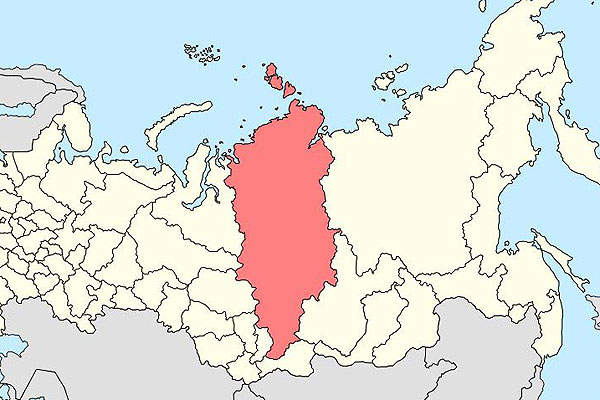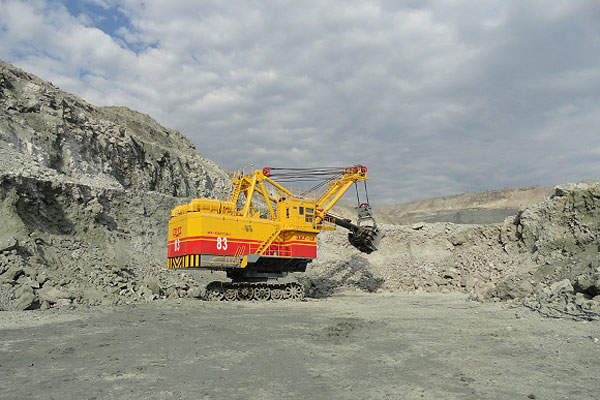Olimpiada is Russia’s biggest operating gold mine and amongst the world’s biggest gold mines.
It is owned and operated by PJSC Polyus, Russia’s biggest and the world’s fourth-biggest gold producer.
Olimpiada is Polyus’ largest gold operation and accounts for almost half of its total gold production.
The company’s Olimpiada and Blagodatnoye mines are part of its Krasnoyarsk business unit, which is the third-largest gold asset in the world by output. The combined production from the two operations represents 63.7% of the company’s total gold output.
The Olimpiada deposit was discovered in 1975. Development at the mine began in 1980s, and production – in 1996. As of the end of 2019, the project has a mine life of 17 years.
The mine produced 1.38Moz of gold in 2019 and 1.32Moz of gold in 2018.
Olimpiada mine location
Olimpiada is located in the Severo-Yeniseysky District, 25km away from the village of Yeruda.
The site is approximately 500km from the city of Krasnoyarsk in the Krasnoyarsk Territory of Western Siberia. It is situated at a distance of 20km from Blagodatnoye mine.
Olimpiada mine geology and mineralisation
The mine lies within the Late Proterozoic trough of the Yenisey Range, containing orogenic and placer gold deposits.
The basement complex is represented by Early Proterozoic kyanite-staurolite containing quartzite and marble.
Mineralisation occurs in disseminated sulphide form, which is in a sedimentary rock sequence containing carbonate-mica schists along with a carbonaceous shale unit.
The rocks are deformed into northwest-trending linear folds.
Olimpiada gold mine reserves and resources
The Olimpiada mine contains proved and probable reserves of 24 Moz of gold graded at 2.8g/t of Au, as of 31 December 2019.
The combined measured, indicated and inferred gold resources are estimated to be 39.4Moz.
Mining at Olimpiada mine
Olimpiada mine is an open-pit mine with the ore stock-piled at the surface. The ore is mined from the Vostochny pits.
The mining operations currently include conventional open-pit methods. This comprises drilling and blasting, followed by excavation for removal of rock, and hauling.
Drilling and blasting are undertaken using a standard truck-and-shovel operation.
Processing at Olimpiada mine
The ore is processed in mills 1, 2 and 3, having a collective nominal capacity of over 13.9 million tonnes per annum (Mtpa).
The processing includes gravity and flotation concentration method of ore, followed by bio-oxidation of the flotation concentrate and use of sorption leaching of the bioleach product in the carbon-in-leach (CIL) process.
The sulphide ores at the mine are treated using the company’s proprietary bio-oxidation technology, known as BIONORD.
Recent developments
The company performed several operational activities at the mine, including the installation of new turbo-elevators at the SAG mills and implementation of a DK-1 crushing unit.
The operational activities are part of an ongoing expansion programme to improve the annual throughput of mill complex to 13.4Mt of ore. The expansion project will undertake optimisation and modernisation of crushing, grinding, gravitation/flotation and BIO/leaching processes at the mills.
The activities aimed at improving the performance of the BIO facilities include the ongoing upgrade of the BIO-3 unit, installation of magnetic separation, and modernisation of automation and cooling systems. Two additional reactors at BIO-4 and agitation tanks are also being constructed.
The mine was also connected to the power grid network with a new 220kV power line and a 220kV substation supplying renewable hydroelectric energy from the Boguchanskaya hydropower plant.
Polyus equipped five trucks, power shovel, bulldozer, seven drilling rigs with remote control and digital capabilities in order to improve employee safety in the most dangerous areas of the mine.









